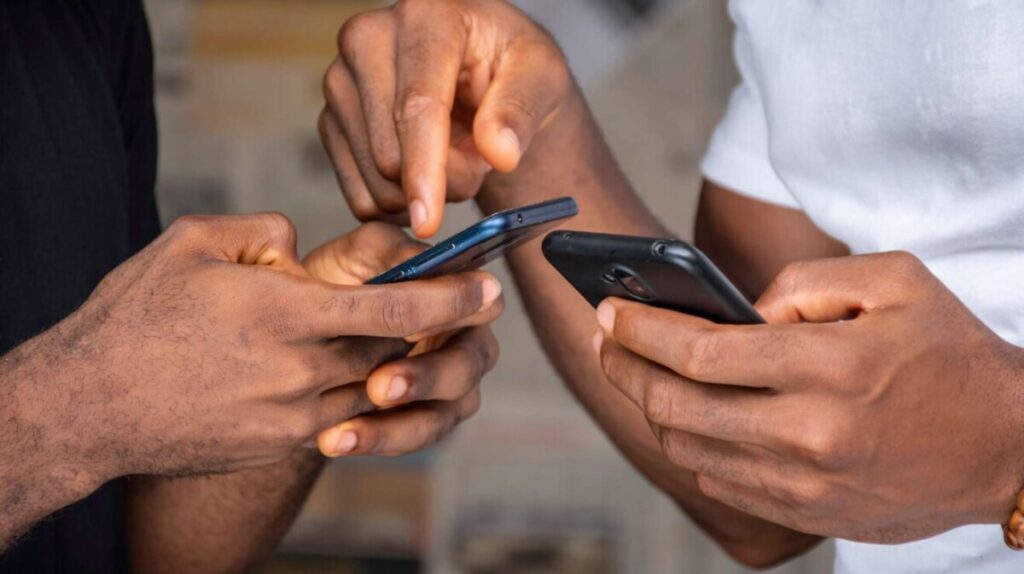
Managing mobile loans from apps in Kenya has become part of everyday financial life, especially with easy access to instant credit through M-Pesa. These loans offer quick cash but often come with monthly interest rates of 15–30%. Handling several at once without a clear plan can lead to late payments, aggressive follow-ups, CRB listings, and reduced access to future credit. A structured repayment approach helps borrowers stay on track.
1. Take Inventory of All Your Loans
Start by listing every loan you have from different apps. Download statements from each platform and record the principal amount, outstanding balance, interest rate, due date, and minimum payment required. This gives you a complete overview of your obligations.
Apps like Jielewe help centralize these details. The app consolidates loan information, sends repayment reminders, and alerts you when loan deadlines overlap. This prevents missed payments caused by disorganized schedules.
Check your CRB status as well. You can access reports from Metropol for KSh 100 via M-Pesa. Since many lenders share borrower activity with credit bureaus, this report shows how multiple applications and active loans appear to lenders. For example, you may discover that your total exposure is KSh 50,000 across three apps. This helps you avoid surprises and start planning with accurate information.
2. Build a Realistic Monthly Budget
A working repayment plan depends on knowing your income and expenses. Track your finances for one full month using M-Pesa statements or budgeting tools like Happy Pockets. Categorize spending into essentials, like rent, utilities and food, which generally take up around 50% of income. Limit discretionary spending such as entertainment or impulse purchases.
Once you identify your essential expenses, set aside 20–30% of your income for loan repayments. For someone earning KSh 30,000 per month, this means allocating about KSh 6,000–9,000 toward settling loans. To maintain discipline, automate payments using the “Lipa na M-Pesa” feature. Scheduling payments on payday ensures that money goes to lenders before you spend it elsewhere.
3. Choose a Repayment Method That Works
Two effective approaches can help you prioritize debts:
- Avalanche method: Focus extra payments on the loan with the highest interest rate while maintaining minimum payments on others. Clearing a KSh 10,000 loan at 20% interest first can reduce your total repayment by around KSh 2,000. This method helps reduce interest costs over time.
- Snowball method: Pay off the smallest loan first. For example, settling a KSh 2,000 Fuliza balance gives you early progress, which makes it easier to stay motivated.
Both methods can be managed easily in an Excel sheet. Enter the balances, interest rates, and expected payments to simulate how long each method will take and the total amount you will pay.
4. Look Into Relief Options and Support Services
Borrowers facing difficulty should contact lenders before a default happens. Many mobile lending apps offer assistance when you reach out early. Some lenders allow borrowers to extend deadlines or restructure their loans if they show commitment through partial payments.
You may also consider consolidating your loans. Some banks offer personal loans with lower annual rates, around 10–15% APR. Using a single bank loan to clear several high-interest mobile loans simplifies monthly payments and reduces the interest burden.
There are also free support services available. Financial Sector Deepening Kenya (FSD) offers counselling to borrowers who need help understanding their credit position or planning repayments.
5. Increase Your Income and Build a Savings Buffer
To speed up repayment, look for extra income sources. Side jobs like Uber Eats delivery, selling items on Jiji, freelancing, or small weekend gigs can bring in an additional KSh 5,000–10,000 each month. Direct most of this extra income, around 80%, toward repaying loans until the balances decrease.
Once repayment becomes manageable, start building a financial cushion. Saving KSh 500 every week through M-Shwari lock savings or a similar product helps you create an emergency fund. This reduces the need to borrow from mobile loan apps again.
6. Review Your Progress Regularly
Check your repayment progress at the end of every month. Compare your balances to the previous month to ensure your plan is working. Borrowers who are listed on CRB can improve their status over time, as consistent on-time payments allow delisting after about 12 months.
Avoid taking new loans during the repayment period. Removing unused loan apps from your phone reduces the urge to borrow again and helps keep the plan on track.
Jefferson Wachira is a writer at Africa Digest News, specializing in banking and finance trends, and their impact on African economies.
